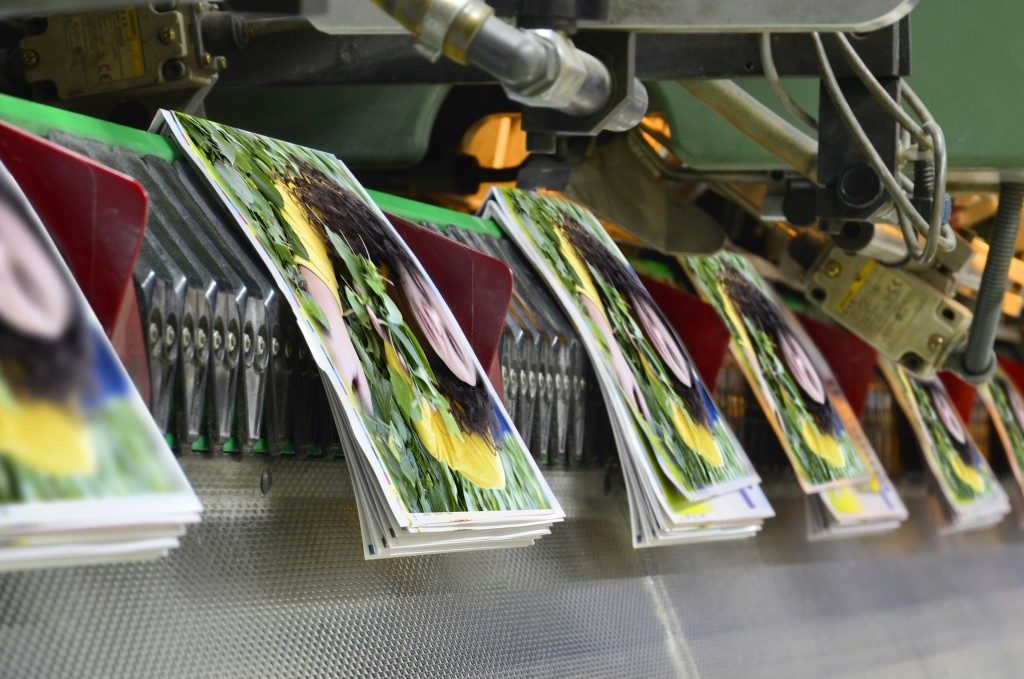Countless studies state that more and more consumers rely on their smartphones to gather purchase-related information and make the purchase itself. As a result, companies have started intensifying their online presence. They invest in online marketing and boost their digital advertisements. But where does that leave traditional and print ads?
Even though it did take a hit with the prevalence of digital ads, print advertising is still relevant today, which is good news for printing franchise businesses. Luxury and high-fashion brands even prefer advertising in print over digital.
Print is In
Luxury brands cannot give up their presence in print media, especially in the digital age. With many companies forgoing print ads, these become scarcer, so they end up seeming like a luxury. This is perfect for high-end brands that sell luxury. These companies are the producers of high-end goods, such as jewelry, couture fashion, and watches whose advertisements fill the pages of posh magazines.
Companies that want to tap upscale customers would do well to invest in print media. A study by the U.S. Postal Service shows that households with incomes above $100,000 receive twice as many periodicals than those with incomes less than $35,000. This gives print media an air of exclusivity, which is another defining characteristic of luxury brands.
Print ads are also a better way to showcase imagery. It’s much easier to appreciate fashion spreads on print than on the screen of a smartphone. For brands that invest in the best artists, photographers, and stylists, the controlled medium provided by print is more preferable than smartphones or computers where factors like brightness, hues, and blue light may affect the quality of the imagery.
The Value of Print
 Print advertising is not exclusive to luxury brands. No matter what demographic you target, your brand can still benefit from traditional media. Part of what continues to make print valuable is that it can hold a consumer’s entire attention. Consumers normally devote their attention to a newspaper or a magazine article; the same cannot be said for digital ads. People typically multitask while consuming digital content, which means they divide their attention among multiple pieces.
Print advertising is not exclusive to luxury brands. No matter what demographic you target, your brand can still benefit from traditional media. Part of what continues to make print valuable is that it can hold a consumer’s entire attention. Consumers normally devote their attention to a newspaper or a magazine article; the same cannot be said for digital ads. People typically multitask while consuming digital content, which means they divide their attention among multiple pieces.
Consumers also consider print advertisements more trustworthy than online content. Various elements influence a digital platform’s credibility, such as the quality and look of the website, intrusive pop-up ads, trolls, and the prevalence of inaccurate online advertising. These factors decrease a consumer’s perceived value of the product advertised or the brand itself.
And according to an MNI Targeted Media Inc. study, people still rely on print ads (82 percent) and billboards (69 percent) in making purchasing decisions. This is in comparison to using banner ads (39 percent) and pop up ads (25 percent) to decide whether to buy.
Print still holds value in marketing, so don’t disregard it entirely. But it’s equally important to keep up with the times and the evolving demands of the consumers. Companies must learn how to strike the perfect balance between the two media and elevate their presence in the market.

